Server in the clouds: the results of the project
Friends, it's time to take stock of our Server in the Clouds competition project. If someone doesn’t know, we started a fan geek project: we made a small server on the Raspberry Pi 3, fastened a GPS tracker and sensors to it, loaded all this stuff on a balloon and trusted the forces of nature. Where the balloon will land, it is known only to the gods of the winds and the patrons of aeronautics, so we invited everyone to put points on the map - whose points will be closest to the actual landing site, receive "tasty" prizes.

So, our server has already flown to the clouds, and it's time to take stock of our competition.
As you remember, we planned to transmit data from the server via a GSM modem. It was the main channel of information transfer. It seemed to us that we had foreseen any surprises with the coverage of the cellular network, inserting into the modem two SIM-cards of operators with the best coverage in the Dmitrovsky district. In addition, the modem had a good omnidirectional antenna. But, as they say, the person assumes, and the opsocks have. When the ball rose above 500 meters (the height of the Ostankino television tower), cellular communication disappeared completely.
')

Thinking backwards, it seems obvious, but it’s also a back number. Of course, cellular antennas are designed to cover the ground, and not in the air. Their radiation patterns “hit” along the relief and do not “shine” into the clouds. So, cellular communication at a height of half a kilometer and above is just a random reflection of the antenna's petal. So half the route of communication with the ball on a cellular channel was not. And on descending, when they descended below 500 meters, the cellular communication started working again.
How did we get telemetry from the world? For this, thanks to the duplicate data channel. We installed a LoRa radio communication kit on the ball, operating at 433 MHz.
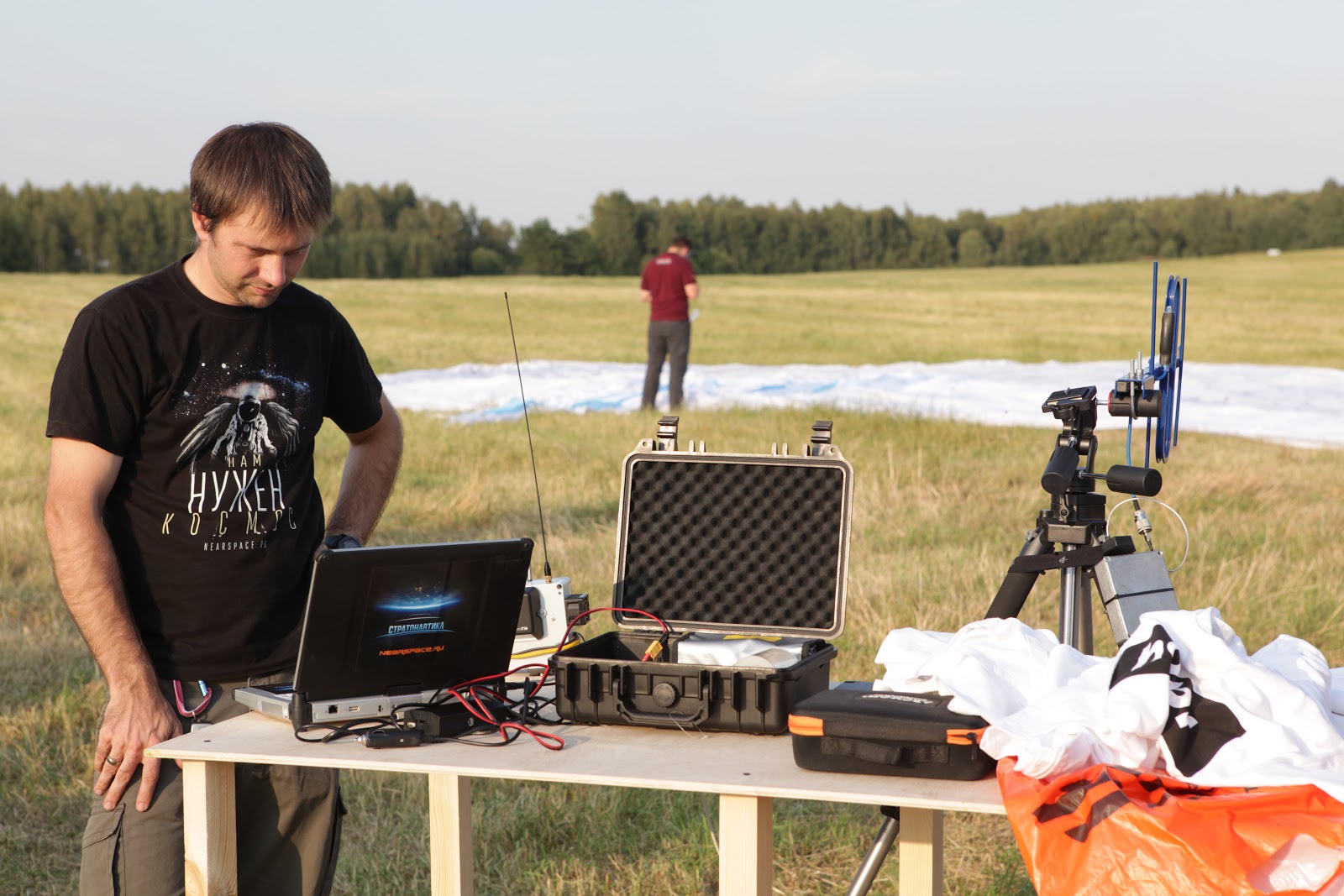
His capacity is small, but for our tasks it was quite enough. As for determining the location of the ball on the GPS, with this no problems have arisen, the tracker worked without hesitation.
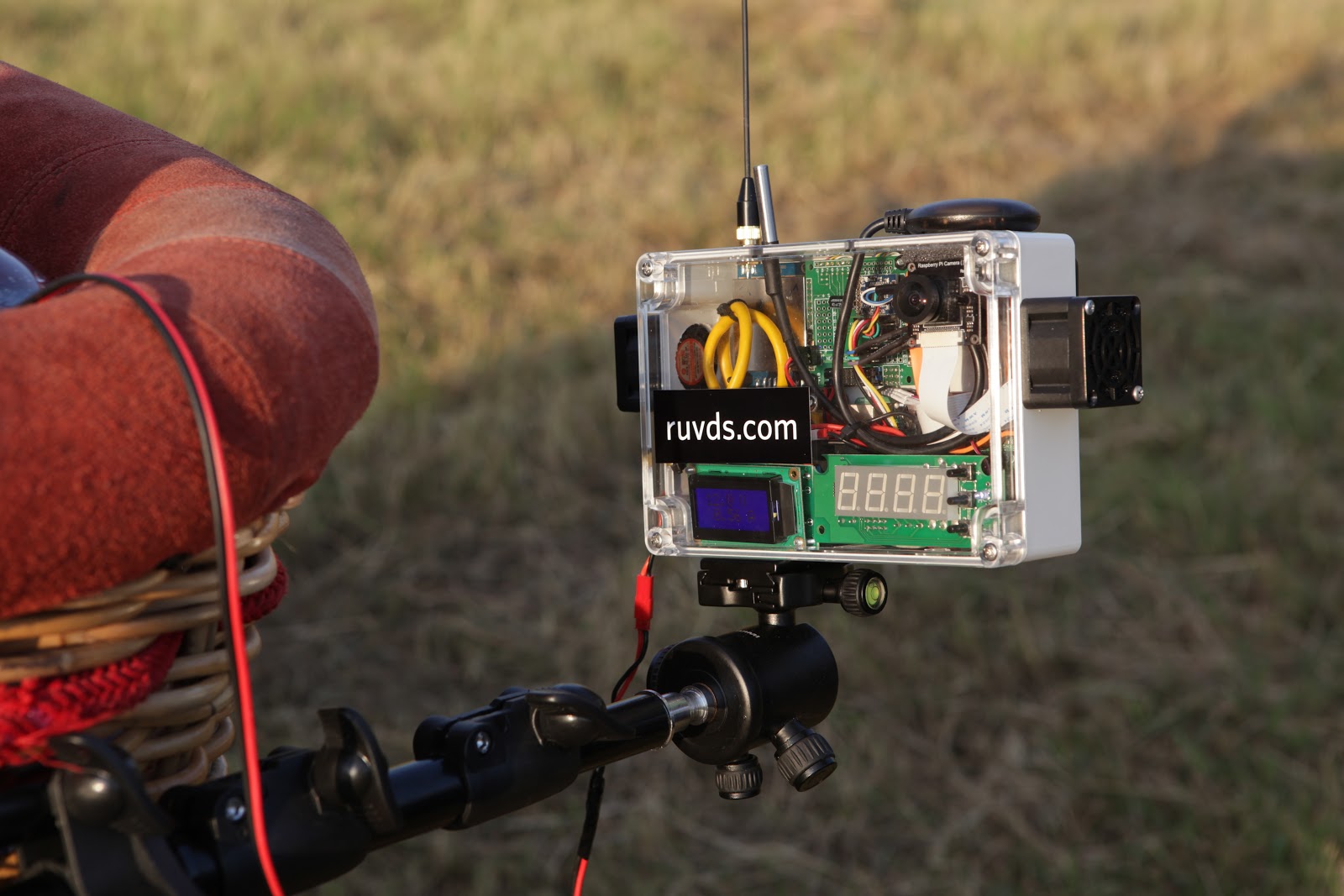
It was also found out in flight that the USB cable connecting the telemetry module with the Raspberry Pi 3 turned out to be defective. He worked on the ground, but refused in the sky. Probably afraid of heights. We found out the cable fault after landing. Fortunately, we managed to adjust the data transfer directly from the telemetry module via LoRa.
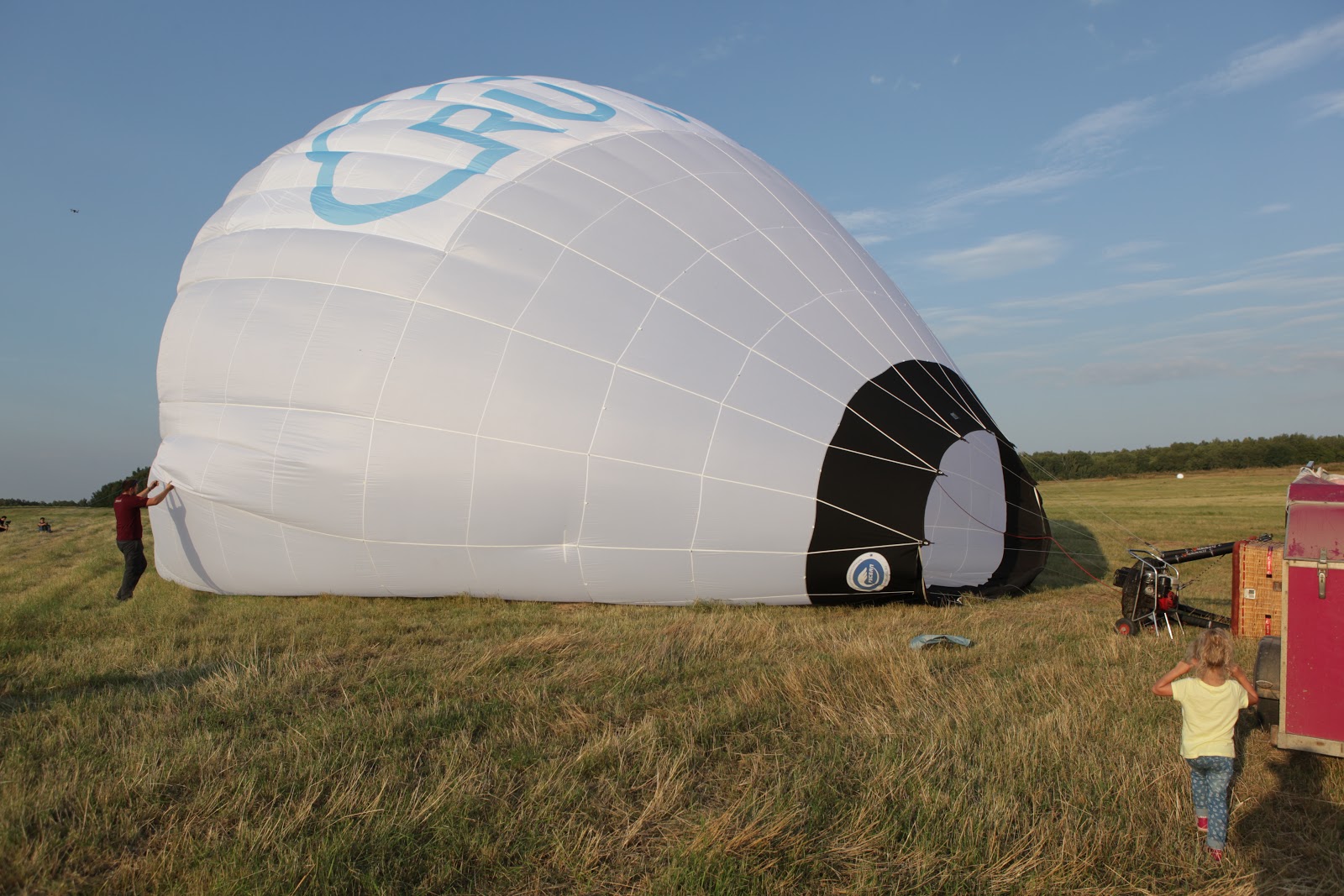
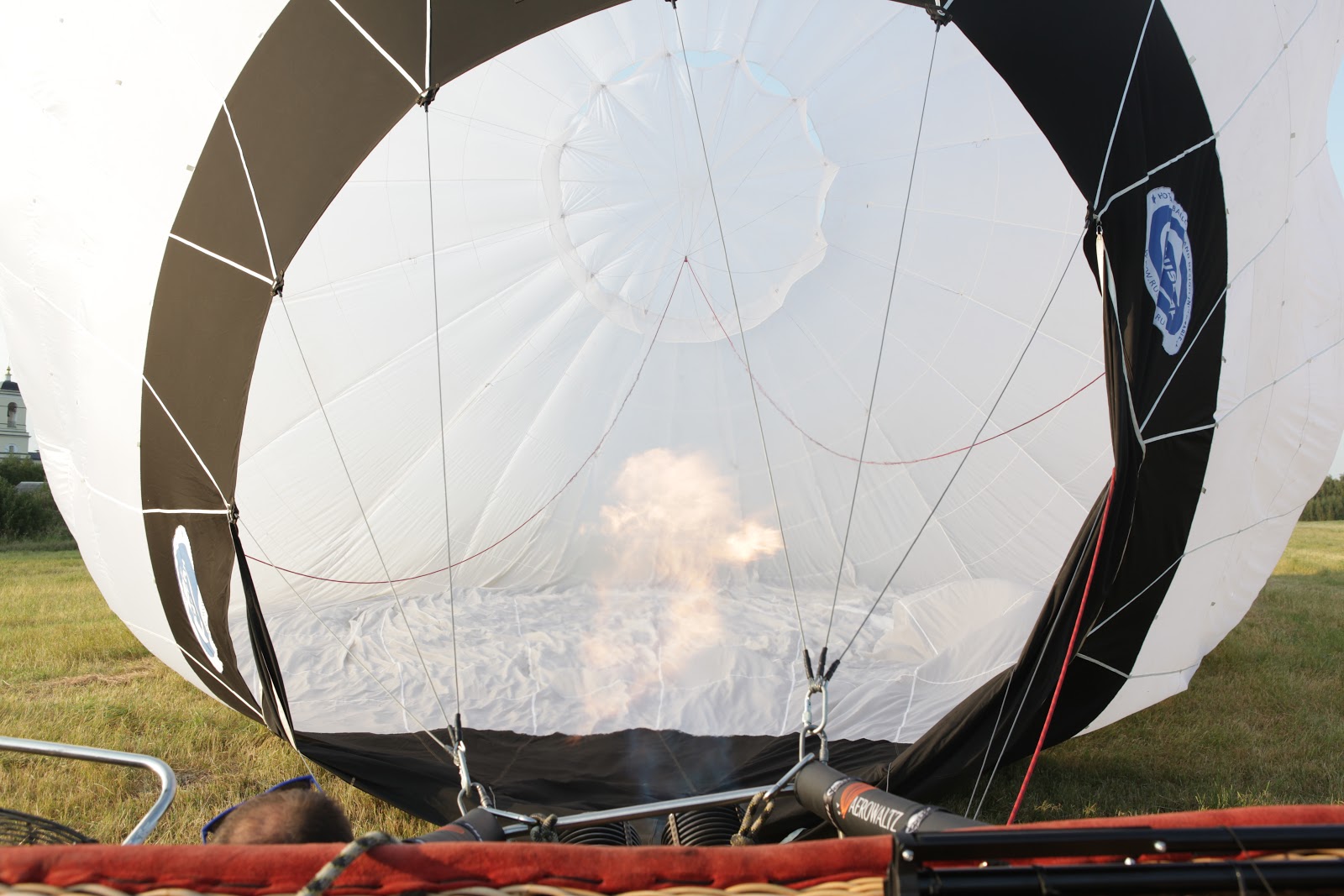
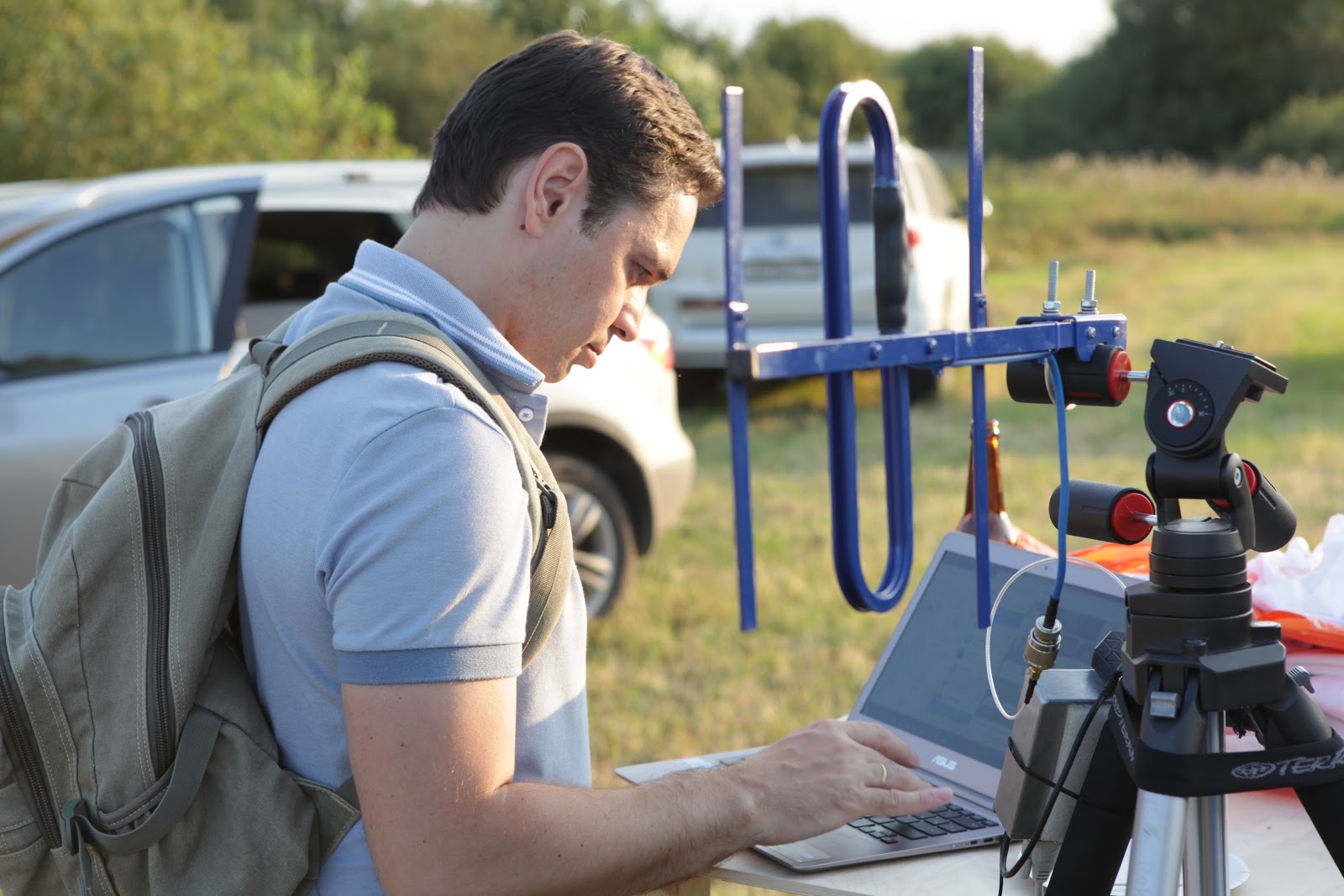
Good luck smiled at @ severov_info (first place), @ MAXXL (second place) and @ evzor (third place)! The most successful in November is waiting for a lot of impressions (hopefully pleasant ones) from participating in the AFR sailing regatta , and we will soon present good smartphones to the second and third place winners. And of course, all three of them receive a free virtual server rental from RUVDS.
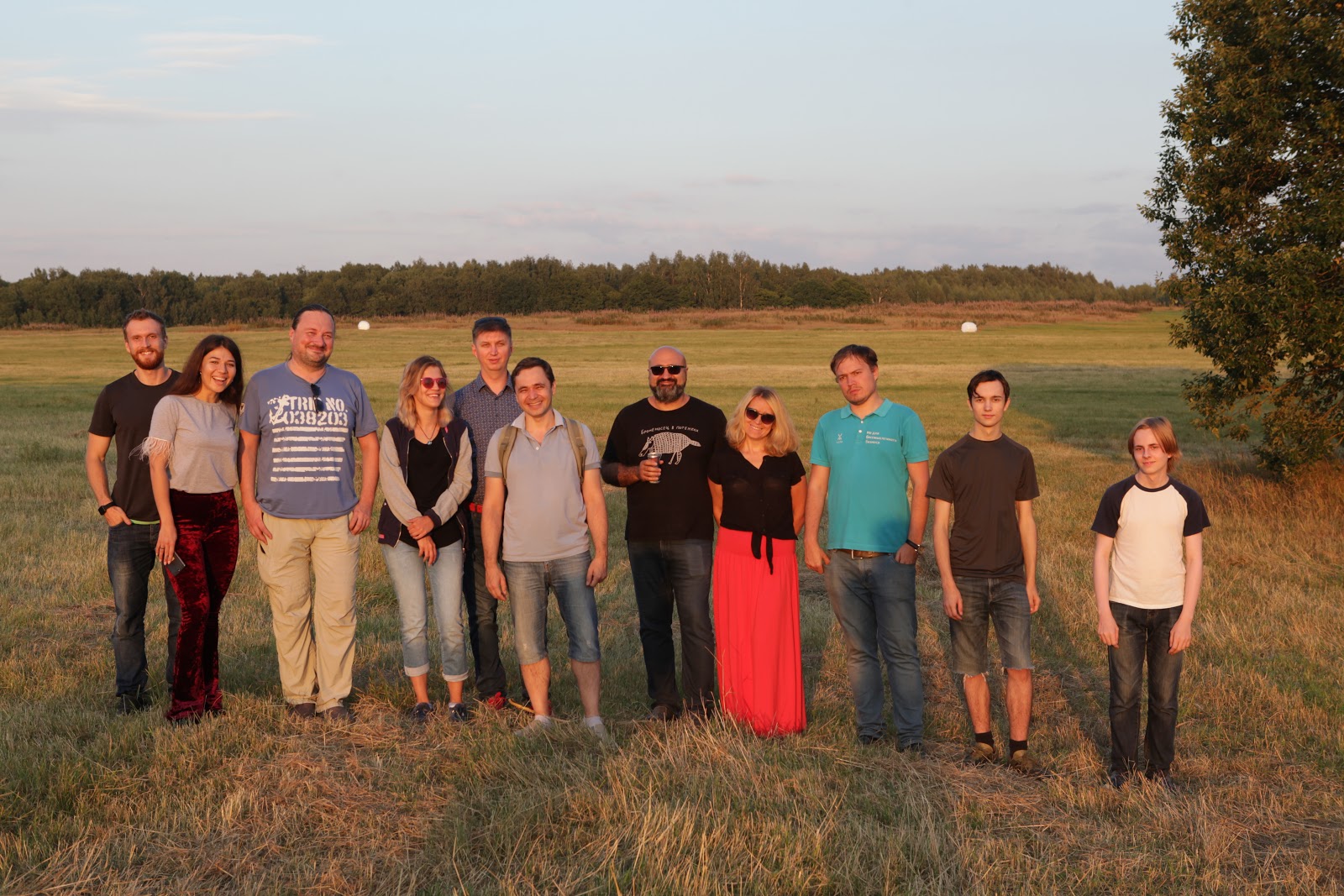
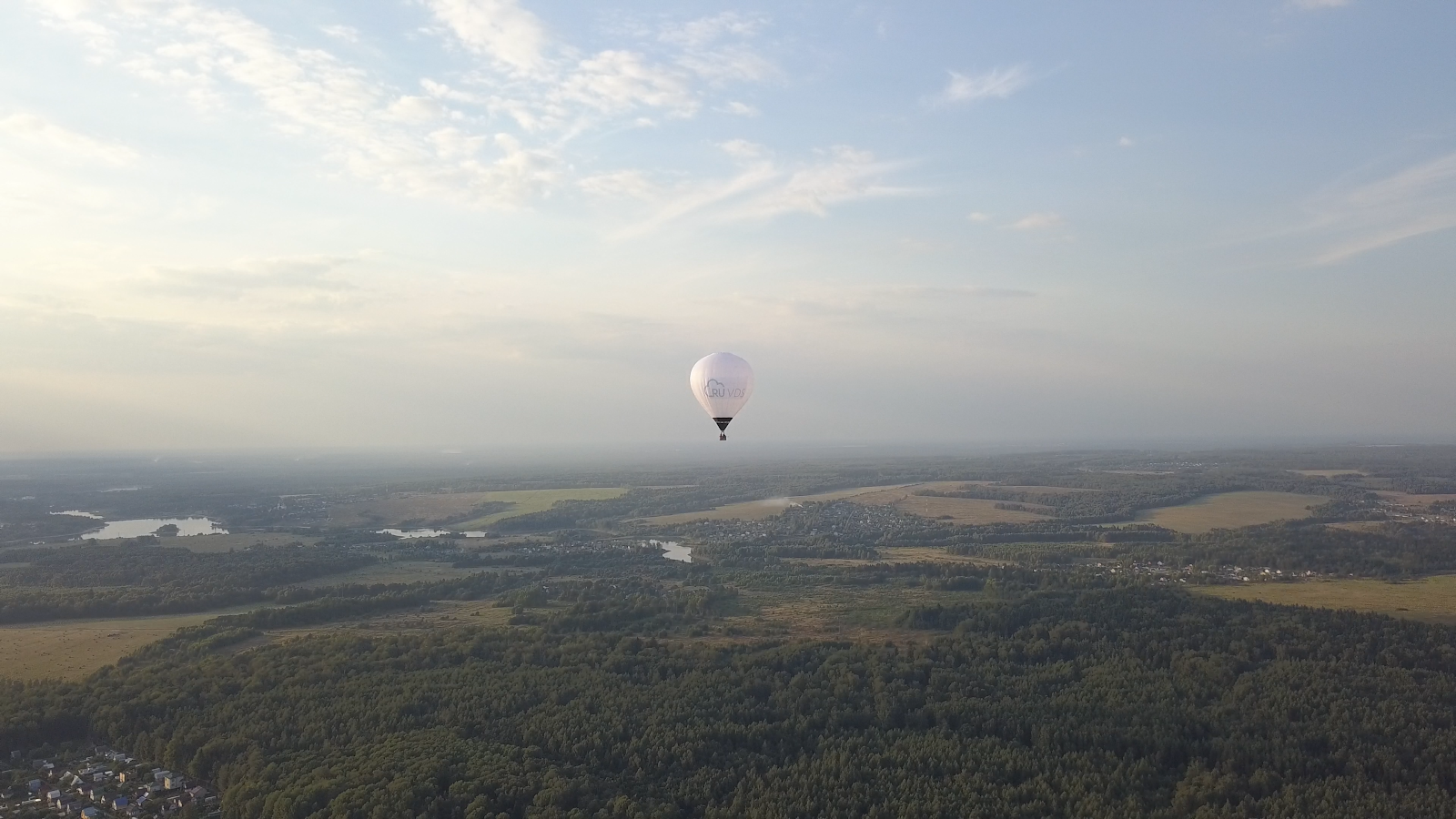
How was the launch can be viewed in this small video:

So, our server has already flown to the clouds, and it's time to take stock of our competition.
Links to previous publications about the competition
- The post about the regatta (the prize for the first place in our competition is participation in the AFR sailing regatta (Another F * cking Race) , which will be held from 3 to 10 November in the Saronic Gulf (Greece) together with the team of RUVDS and Habr.
- As we did the " iron part " of the project - for fans of geek-porn, with details and code analysis.
- Megapost pro project with a full description.
- The project site on which it was possible to follow the ball's movement and telemetry in real time.
- Report from the place of launch of the ball.
And experience, son of difficult mistakes
As you remember, we planned to transmit data from the server via a GSM modem. It was the main channel of information transfer. It seemed to us that we had foreseen any surprises with the coverage of the cellular network, inserting into the modem two SIM-cards of operators with the best coverage in the Dmitrovsky district. In addition, the modem had a good omnidirectional antenna. But, as they say, the person assumes, and the opsocks have. When the ball rose above 500 meters (the height of the Ostankino television tower), cellular communication disappeared completely.
')

Thinking backwards, it seems obvious, but it’s also a back number. Of course, cellular antennas are designed to cover the ground, and not in the air. Their radiation patterns “hit” along the relief and do not “shine” into the clouds. So, cellular communication at a height of half a kilometer and above is just a random reflection of the antenna's petal. So half the route of communication with the ball on a cellular channel was not. And on descending, when they descended below 500 meters, the cellular communication started working again.
How did we get telemetry from the world? For this, thanks to the duplicate data channel. We installed a LoRa radio communication kit on the ball, operating at 433 MHz.

His capacity is small, but for our tasks it was quite enough. As for determining the location of the ball on the GPS, with this no problems have arisen, the tracker worked without hesitation.

It was also found out in flight that the USB cable connecting the telemetry module with the Raspberry Pi 3 turned out to be defective. He worked on the ground, but refused in the sky. Probably afraid of heights. We found out the cable fault after landing. Fortunately, we managed to adjust the data transfer directly from the telemetry module via LoRa.



And about the good
Good luck smiled at @ severov_info (first place), @ MAXXL (second place) and @ evzor (third place)! The most successful in November is waiting for a lot of impressions (hopefully pleasant ones) from participating in the AFR sailing regatta , and we will soon present good smartphones to the second and third place winners. And of course, all three of them receive a free virtual server rental from RUVDS.


How was the launch can be viewed in this small video:
Source: https://habr.com/ru/post/422345/
All Articles